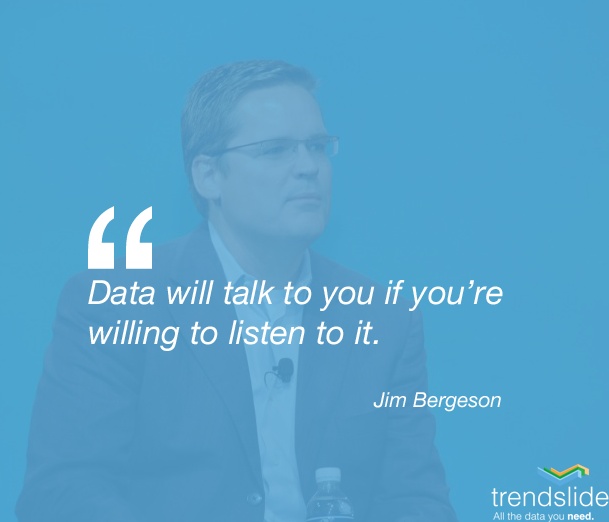This quote from Jim Bergeson “Data will talk to you if you’re willing to listen to it,” doesn’t just resonate with Analytics Leaders in organizations across the globe, but also with those that require analytics & data management services as well. More so, it also speaks to, and introduces the idea, of being willing to listen to what data can tell you.

In order to effectively create and deliver value in analytics reports, the data – as well as the insights derived from it – must be digestible in a manner that is not only specific to the audience viewing the report, but also in a way that effectively summarizes it. This is the DNA, the very livelihood of what building a report with Glance Management in mind, can do for data: it brings it to life in a meaningful and relevant way. This has the power to engage and motivate the audience such that positive, forward-thinking change has the opportunity to take place.
Charts, graphs, even interactive visualizations help to create a compelling story surrounding the data, but all potential obstacles must be hurdled in order to prevent lack of attention by the intended audience. The most basic, but often misunderstood of these obstacles: displaying the right data, analyzed – or summarized – in the right way.
Sounds easy, right? Then why do so many reports fail to trigger effective business decisions or strides towards optimization of key business strategies?
The answer to that question can be incredibly complex, but in order to enhance the value created by your business’ analytics reports, it must be addressed.
This is an issue that many companies face at different stages of their own Analytics Evolution, and our Analytics Department is proud to offer the following Best Practices on producing effective Glance Management Reporting:
5 Ways to Optimize Glance Management Reporting in your Business:
- Develop a flexible, fully functioning reporting tool.
Advantages: this will aid greatly in reducing production time, catering to a wide range of analytic/data requests, and including the specific dimensions that allow you to make the most optimized business decisions.
- Produce each report based on specific, measurable goals in mind.
Advantages: this allows the target audience to focus directly on what is most valuable to their business and ensures that the report performance, itself, is achieving measurable outcomes.
- Track the performance of the appropriate Key Performance Indicators (K.P.I.’s). and visualize them in compelling ways.
Advantages: the effective visualization of the appropriate K.P.I’s will serve as the catalyst that draws the most value-creating insights and recommendations out of your data. This adds perspective to the narrative of the data story.
- Understand that Glance Management reporting is an iterative process.
Advantages: setting the expectation that Glance Management Reporting is very dynamic with many key components that also evolve over time, allows all of the pivotal stakeholders to feel empowered by the advancement of positive change, and not threatened by it.
- Cultivate a Data and Analytics culture in your department or organization.
Advantages: having a culture that embraces Data and Analytics allows for Glance Management Reporting to achieve one of its underlying goals, and that is to achieve measurable outcomes efficiently.
These, of course, are just some of the Best Practices recommended for effective Glance Management Reporting in creating value for your business. If you have any questions or want to start this process at your organization today, please don’t hesitate to contact us with your analytic and measurement needs.

